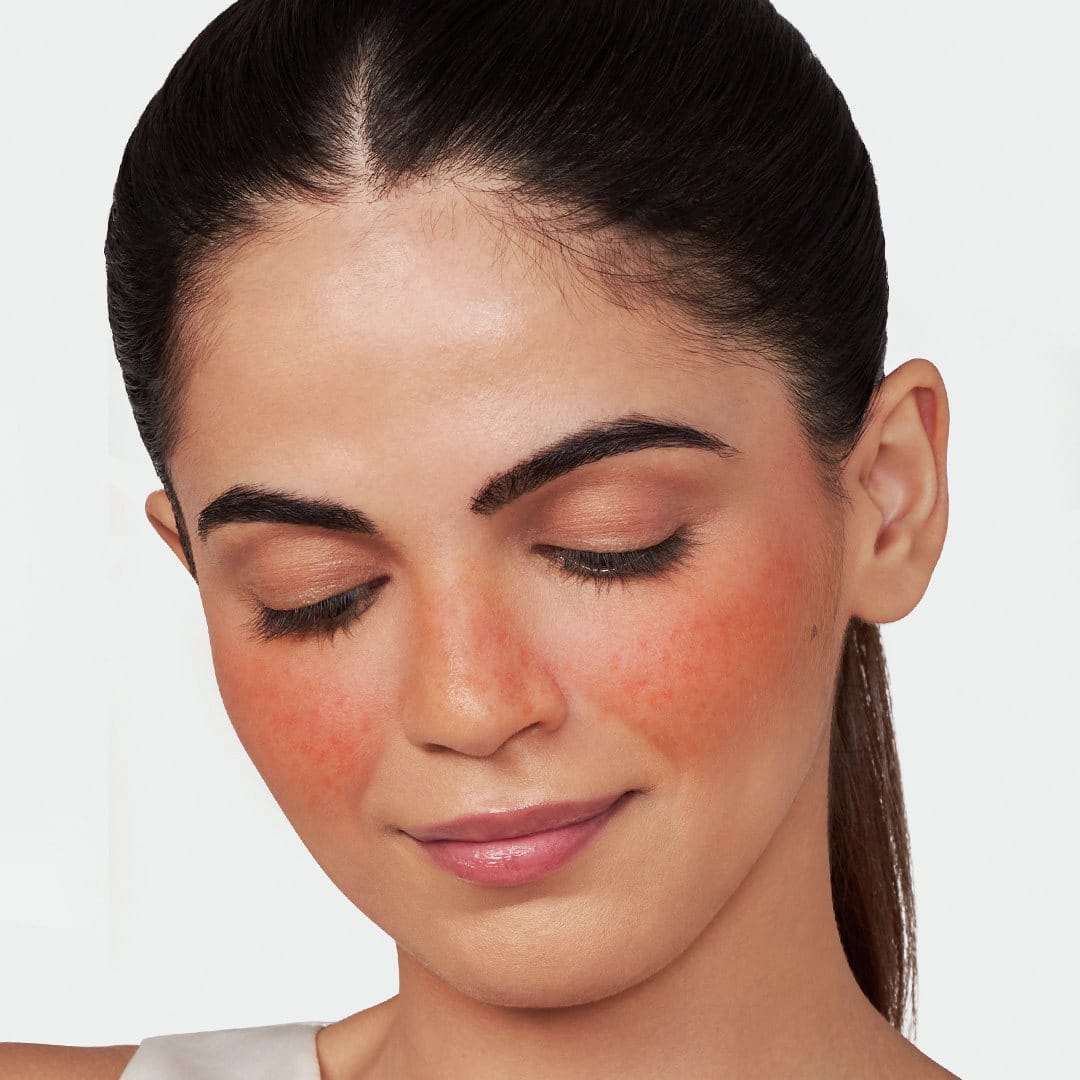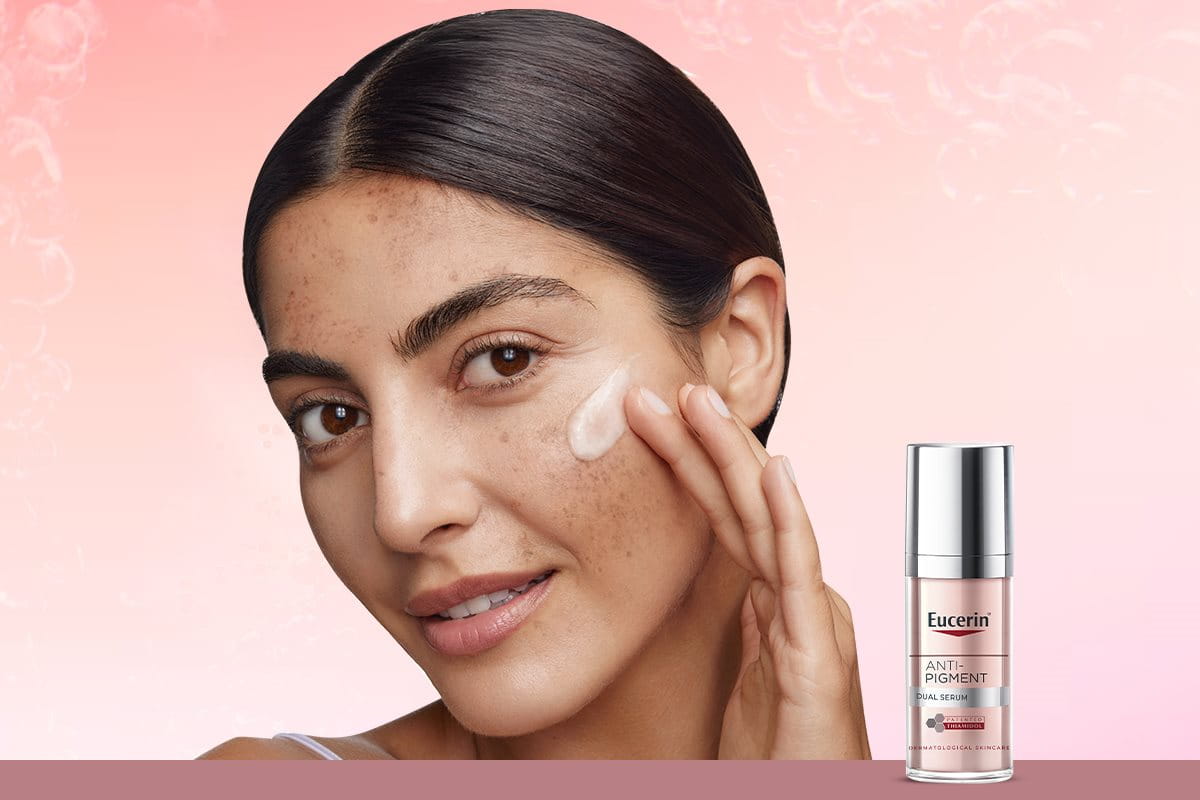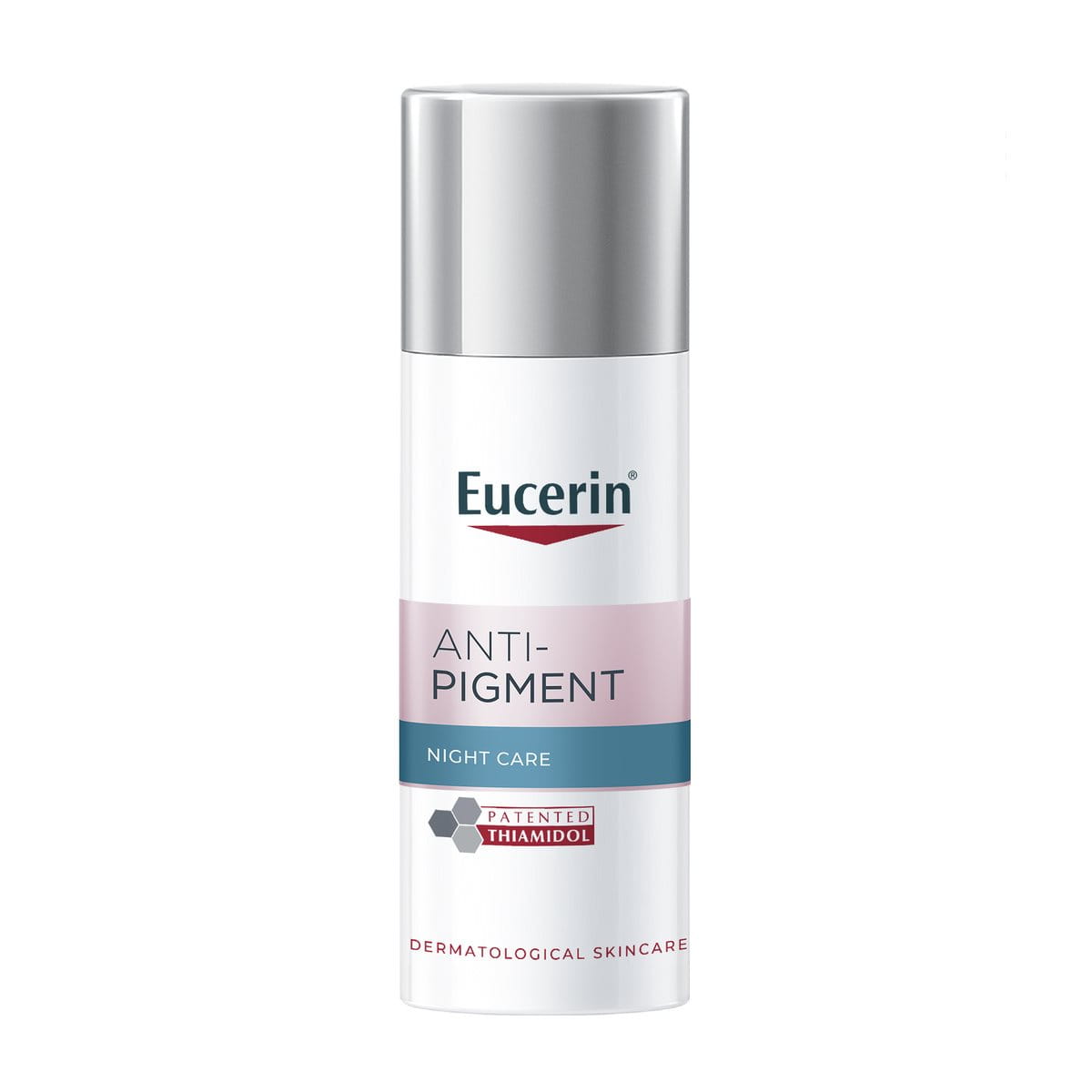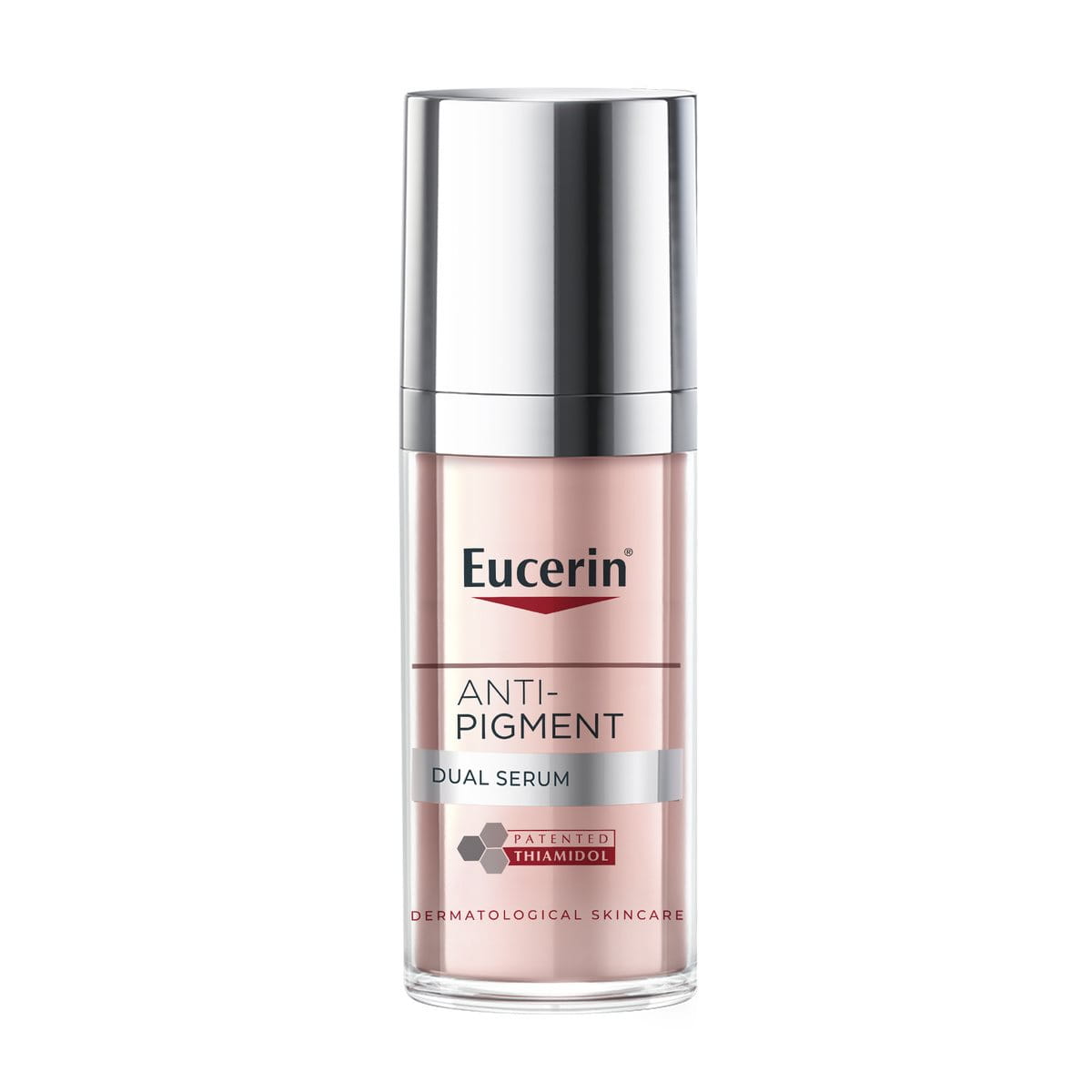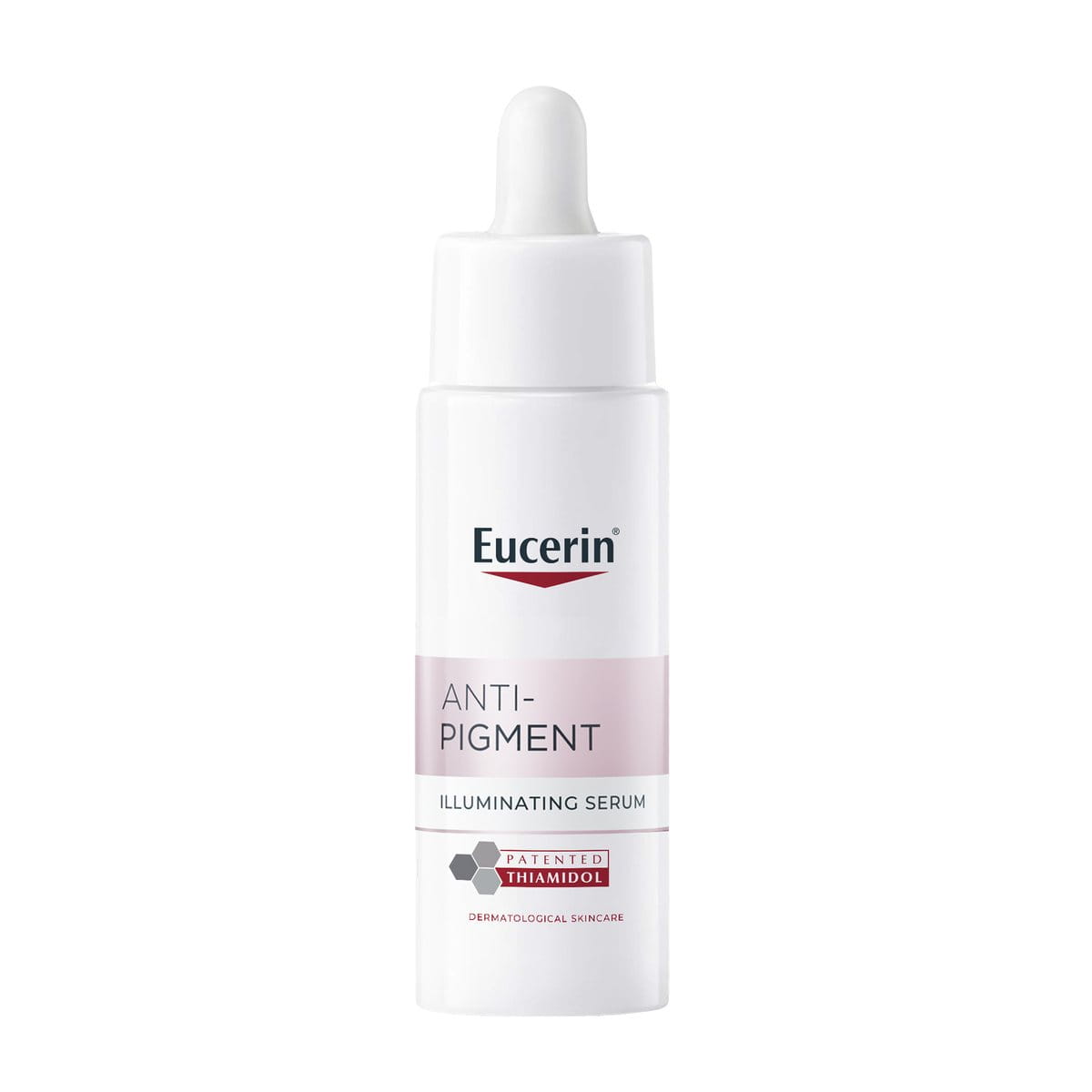A slight change in the color of our skin can bother us if there is a greater risk at stake. We are all weary of cancerous lesions, but are all instances of skin discoloration worrisome? No, this is the reason one must be vigilant in knowing their skin conditions and be adept with tools to identify them. Through this blog, we will look at common triggers, types and treatment options one may adopt to promote a balanced complexion and remedy skin discoloration on the face.
Keynotes:
- Skin discoloration is characterized by noticeable changes in skin color, influenced primarily by melanin.
- Factors such as UV radiation, hormonal changes, inflammation, medical disorders and medications can lead to the condition.
- Effective management involves a combination of targeted skincare routines, a balanced diet and professional interventions.
- Dermatological advice should be sought when experiencing persistent changes in skin tone, particularly when accompanied by irritation, post-medication reactions, or significant alterations in moles.

